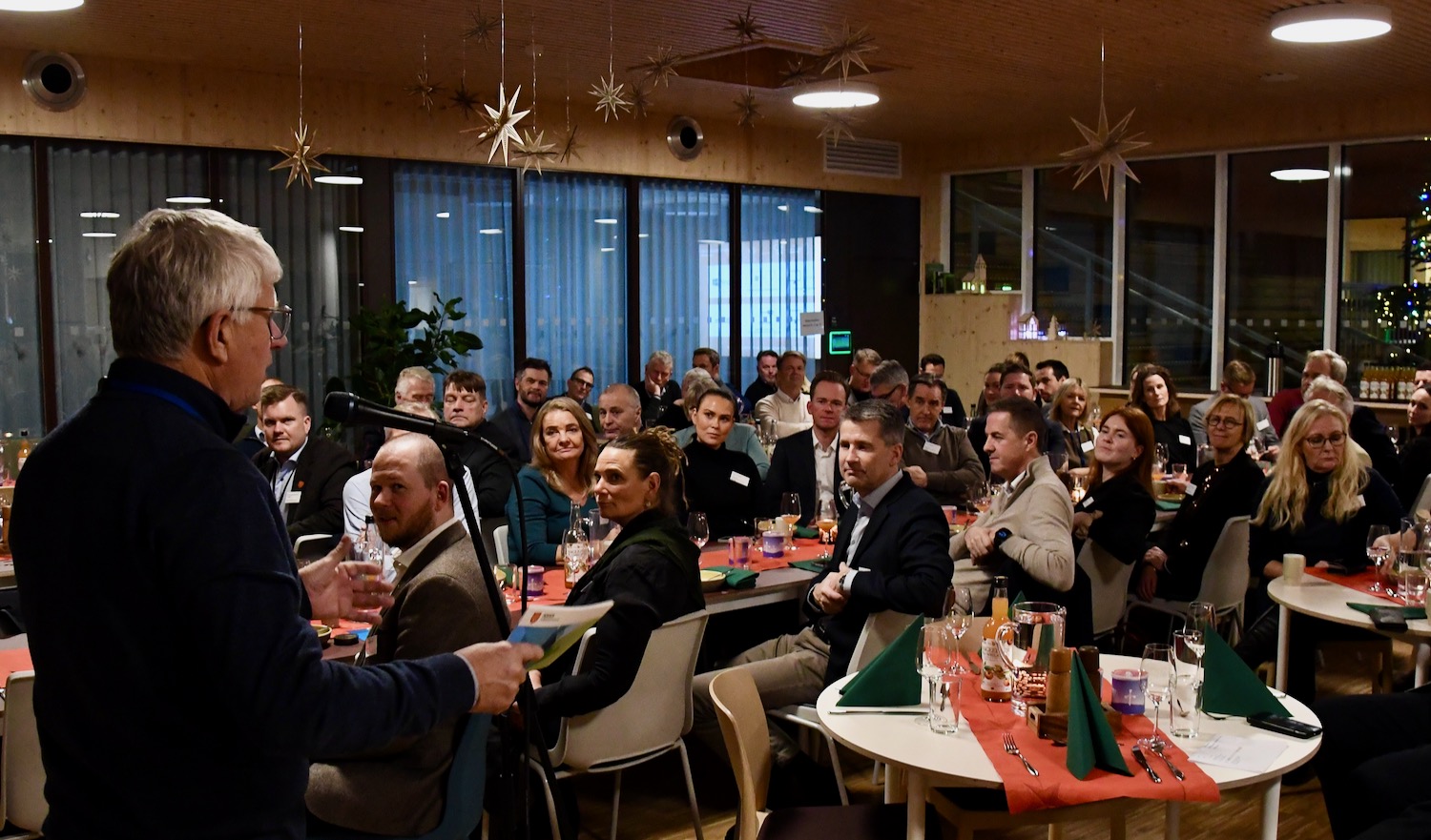“Looking at offshore oil and gas expenditure, Brazil is the primary place to be from now till 2030, while the US and Norway are almost tied for second place,” says Håkon Skretting, Regional Director at Norwegian Energy Partners (NORWEP).
During a meeting at APL in Arendal Thursday morning, Skretting presented an update of the global oil and gas market.
“The big surprise is perhaps that Saudi Arabia, well-known for its large onshore resources, will be the fourth largest market for offshore oil and gas. Saudi presents tremendous opportunities within offshore drilling, production, safety, and more. Lots of Norwegian companies are already established in the region, enjoying the strong market development,” says Skretting.
Citing ongoing and planned activities around the world, NORWEP concludes that the global oil market will remain strong for another decade.
“The next years will be hectic! Due to slower adoption of electric vehicle, the peak of oil demand is delayed and will not occur till 2033,” predicted Skretting.
Closely monitoring all parts of the oil and gas market, NORWEP considers the FPSO (Floating Production Storage and Offloading) market as “very hot”. Contracts for a staggering 70 FPSOs are expected to be awarded within the next six years.
“12 FPSOs headed for Guyana alone, a country with only 800,000 inhabitants,” says Skretting.
Based on the strong development in oil and gas over the next years, Skretting and NORWEP conclude that the three main industry challenges will be yard capacity, available financing, and supply chain constraints.
OFFSHORE WIND INVESTMENTS TIMES TEN
In a similar update of the global wind market, NORWEP expect investments in offshore wind to multiply by a factor of 10 during the next decade.
Today, the offshore wind market is facing harsh headwinds as mature markets are struggling with significant cost increases, supply chain constraints, and political changes – leaving some projects stranded. Markets across all regions are at risk of missing ambitious government targets,” said Jørgen Brandt Theodorsen, Director for Offshore Wind at NORWEP.
“And yet, there are many offshore wind auctions in 2024 and 2025, and we will see increased installation of production capacity between 2026 and 2030, as many nations are on route to moving closer to their 2030 renewable energy targets. This will lead to constraints in the supply chain,” said Theodorsen.
Governments and regional policymakers are supportive of the offshore wind industry, boosting auction volumes and increasing speed. More governments are considering offshore wind a major part of the electricity mix, spurred on by energy security concerns and net zero ambitions.
By 2034, installed global wind power could reach 380 GW, which is more than five times the current capacity installed, according to NORWEP.
Today, China has more than half of the global installed capacity, followed by the UK, the US, Germany, the Netherlands, Taiwan, Poland, France, Japan, and Denmark. Norway is currently 14th.





